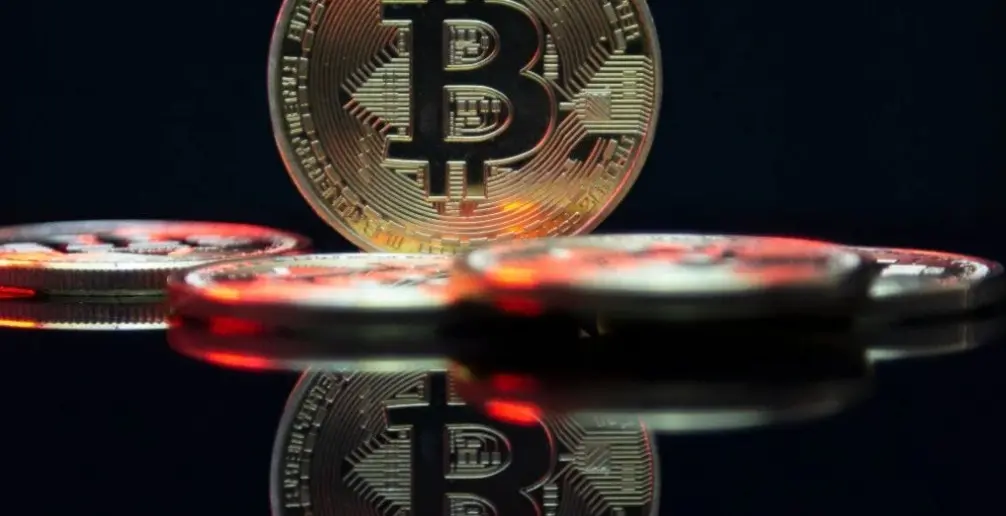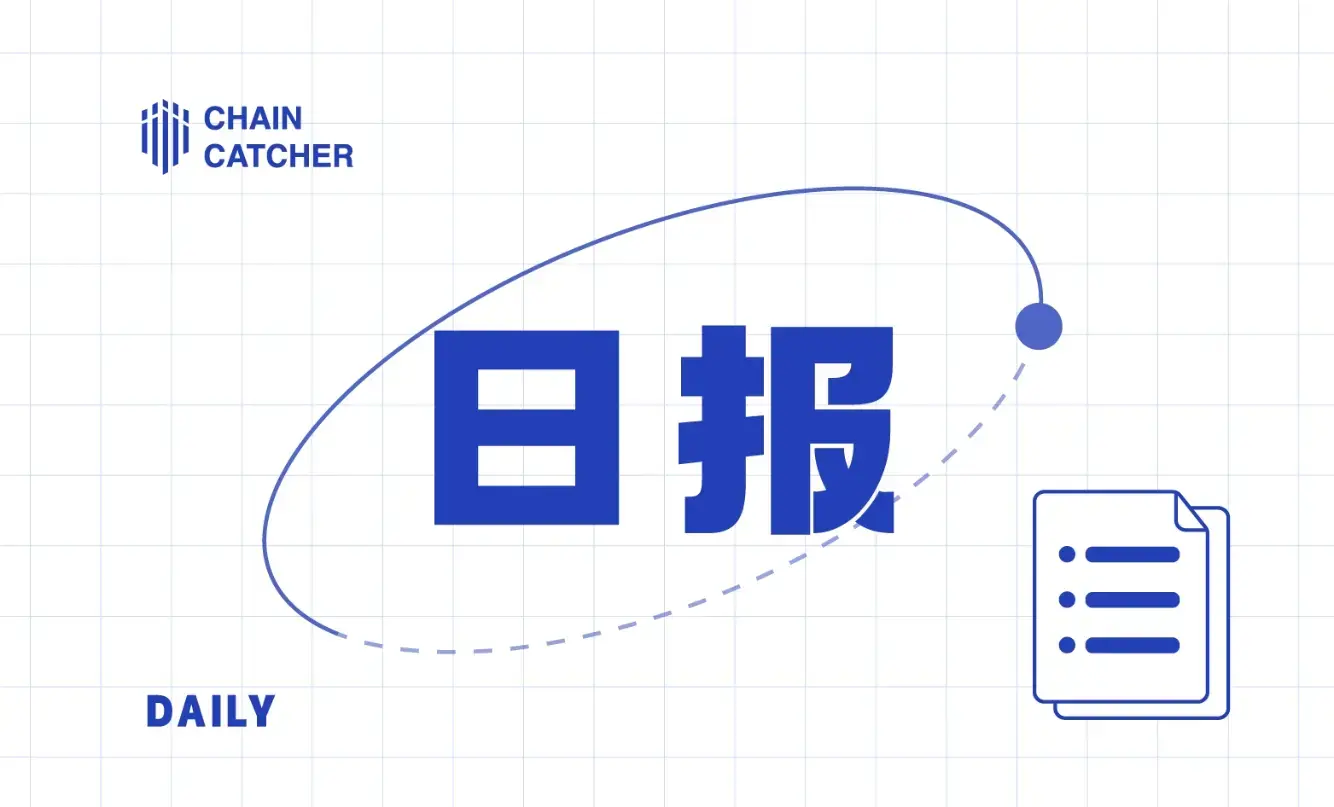Coinbase's Bitcoin Halving Handbook for Institutional Investors: Bitcoin Does Not Operate in a Vacuum
Original Title: Halving handbook: A primer for institutional investors
Author: Coinbase
Compiled by: Halesman, ChainCatcher
This article is a handbook prepared by Coinbase for institutional investors, detailing previous Bitcoin halvings to gain insights into past trends. However, due to the recent entry of Bitcoin ETFs into the market and Bitcoin reaching an all-time high before the halving, this halving appears slightly different. The full text is compiled as follows:
Overview
The next Bitcoin halving will occur in mid-April 2024, directly resulting in a halving of the Bitcoin rewards miners receive for validating transactions. Halving is a crucial feature of the Bitcoin network designed to limit inflation by reducing the supply of new Bitcoins entering circulation.
Halvings occur every 210,000 blocks mined, approximately every four years. The upcoming halving will be the fourth halving in Bitcoin's history. Since halvings happen automatically when specific blocks are mined, this halving will occur at block 840,000, so the exact timing is variable (depending on the network's hash rate). When the halving takes effect, miners' block rewards will decrease from 6.25 BTC to 3.125 BTC.
Halvings will continue on the same schedule until all 21 million Bitcoins are mined, which is expected to occur around the year 2140. The fixed halving schedule makes Bitcoin a unique programmatic anti-inflation asset.
Review of the First Three Halvings
The previous three Bitcoin halvings occurred in November 2012, July 2016, and May 2020. Since halvings reduce the supply of new Bitcoins, they are generally viewed as bullish for Bitcoin's price. The price trends following previous halvings support this view: Bitcoin averaged a 61% increase in the six months leading up to the halving and an average increase of 348% in the six months following the halving. However, a closer examination of these numbers reveals that not all halvings behave this way.
In the six months leading up to the first halving, Bitcoin rose by 139%, then skyrocketed by 923% in the six months following the halving. Of course, this was in Bitcoin's early days, and in the six months before the halving, Bitcoin's trading price had just surpassed $5, while the subsequent halving performance was not as strong.
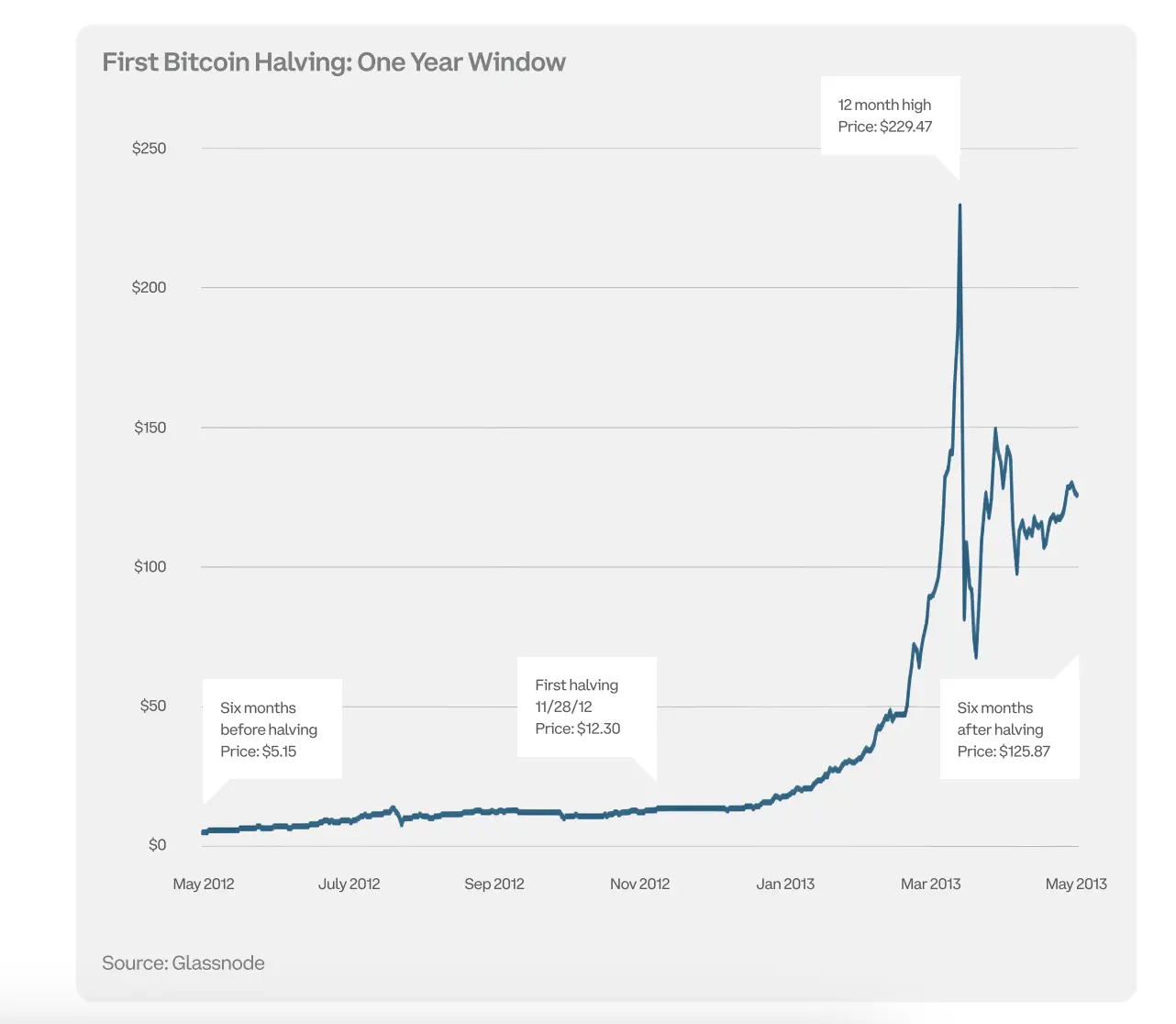
In the second halving, performance slowed down. Bitcoin rose by 46% in the six months leading up to the halving and then increased by another 37% in the following six months.
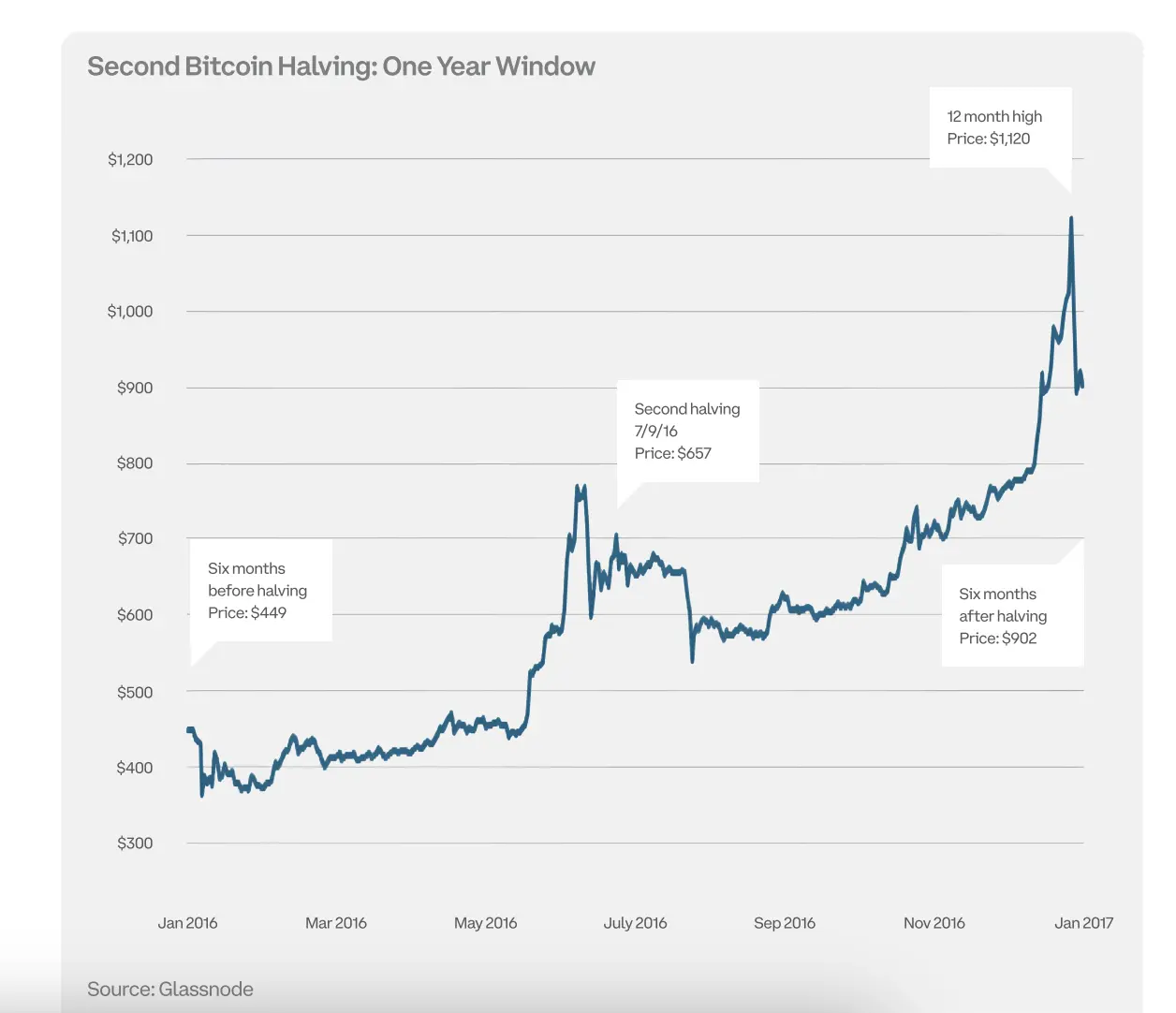
The third Bitcoin halving continued the trend of more moderate but still strong performance. BTC actually decreased by 2% in the six months leading up to the halving but then rose by 82% in the subsequent six months.
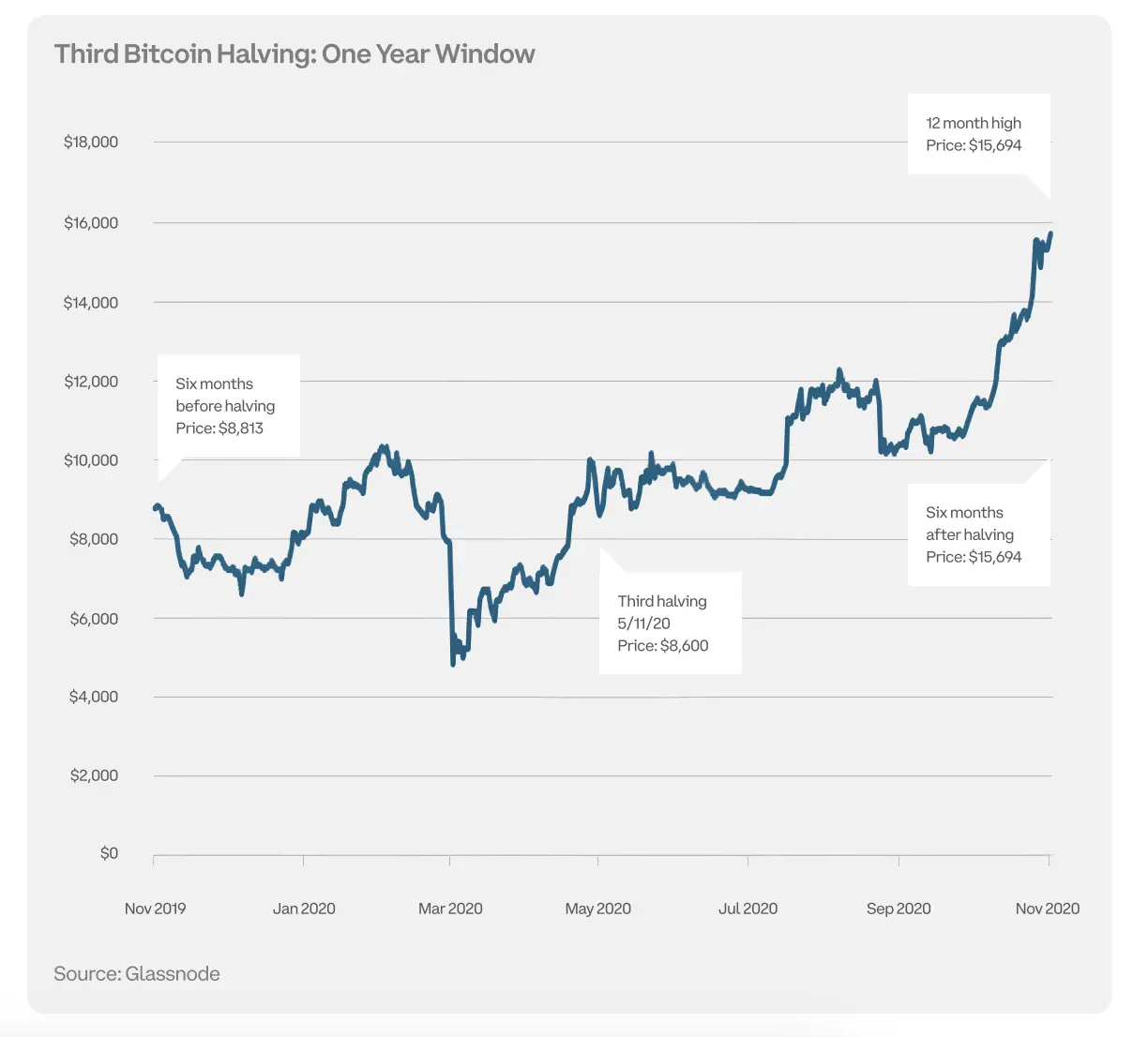
Assessing the Upcoming Halving
Given the historical context, it is easy to infer that Bitcoin's recent strong performance (up 157% since mid-October) will continue leading up to and following the upcoming halving, but investors should be cautious and not judge solely on the surface.
While halvings may have a positive impact on Bitcoin's price performance, historical evidence regarding this relationship remains limited and is somewhat speculative. Furthermore, Bitcoin does not operate in a vacuum: its price is influenced by factors far removed from cryptocurrency-specific impacts like the halving.
Macro Impacts Before and After the Halving Should Be Considered
Bitcoin's strong performance following the last halving in May 2020 largely occurred in the context of extreme monetary policy easing and historically strong fiscal stimulus in response to the COVID-19 pandemic.
Similarly, the recent rise in Bitcoin trading is likely driven more by enthusiasm for the prospects of spot Bitcoin trading rather than excitement over the halving. In the future, many macro factors could also have meaningful impacts on Bitcoin's price.
On the optimistic side, we expect the Federal Reserve to begin cutting interest rates as early as May and to soon start tapering its quantitative tightening program. On the other hand, we may see an increase in Bitcoin supply from miners (as part of their returns) and companies emerging from bankruptcy, including former cryptocurrency lenders Celsius Network and Genesis Global.
On-Chain Analysis
In addition to these macro factors, studying on-chain metrics to gain insights into some technical factors that may influence prices in the short term is also very instructive.
In addition to observing BTC's performance in previous trading windows, it is helpful to narrow the scope to assess the market's position within the broader Bitcoin cycle. Since its inception in 2009, Bitcoin has completed four market cycles. The current cycle is most similar to 2018-2022, during which Bitcoin rose 500% from the cycle low.
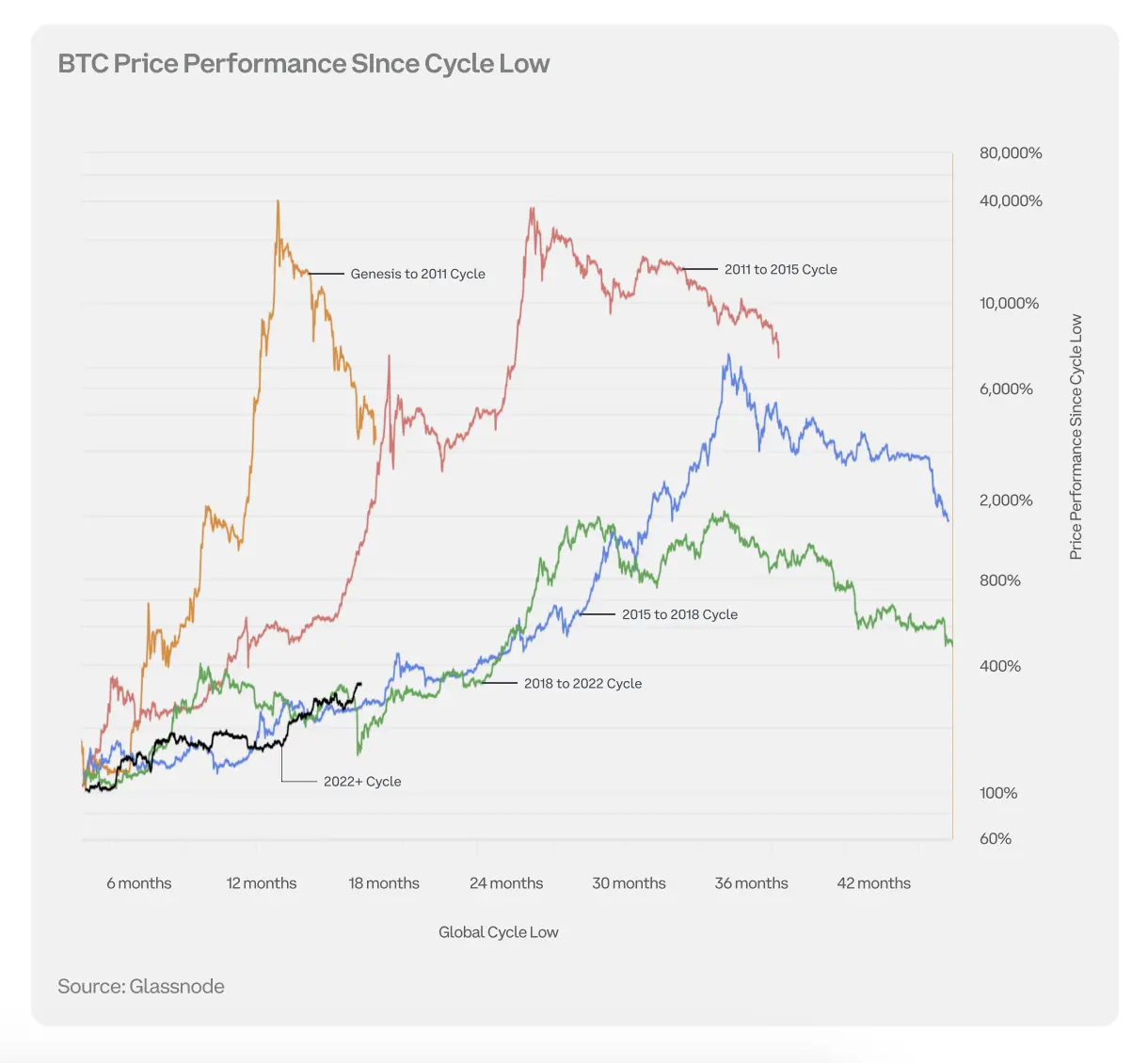
Another interesting data point to consider is the total supply of Bitcoin held by long-term holders. According to Glassnode, long-term holders are defined as investors who have held the cryptocurrency for at least 155 days. Historically, this duration marks a significant decrease in the probability of these assets being sold. All else being equal, long-term holders should be less likely than short-term holders to view the halving as a time to sell heavily.
By historical standards, the supply held by long-term holders is relatively high, although it has begun to decline since the launch of spot Bitcoin ETFs in mid-January.
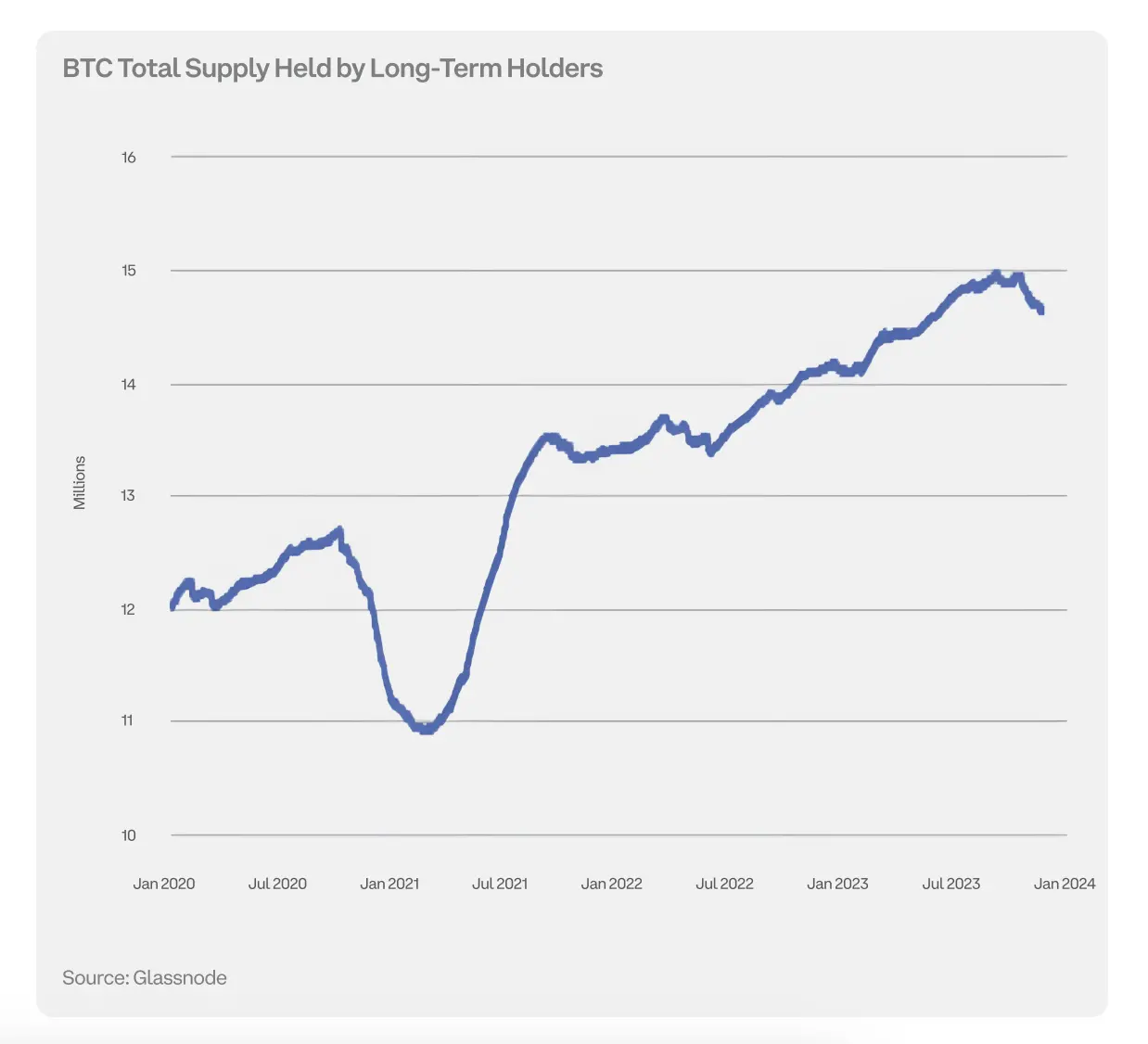
While halvings have historically been bullish, they are just one of many factors influencing Bitcoin's price trajectory. To learn more about how halvings, other market trends, or macroeconomic conditions affect the cryptocurrency market, you can check out Coinbase's institutional research and insights center.
Related Reading: “Coinbase: In-depth Analysis of Bitcoin Trends Post-Halving”



